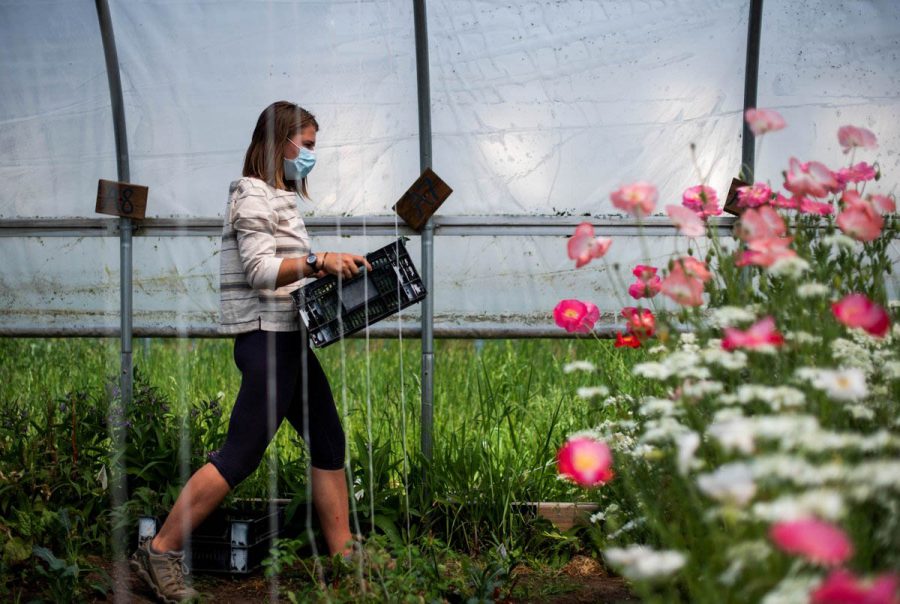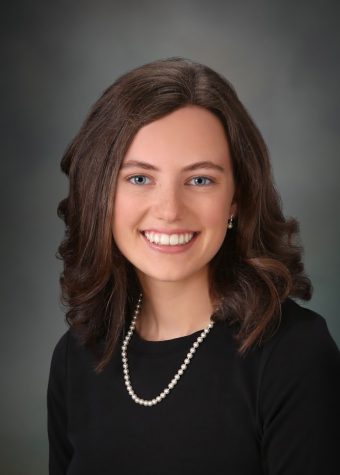Environmental and Sustainability Studies program creates virtual project showcase
Nov 23, 2020
This semester, GVSU students in the Environmental and Sustainability Studies program worked to create projects and conduct research that would be shared virtually for the first time.
Amy McFarland, assistant professor of Food and Agricultural Studies in the Frederik Meijer Honors College, said that unlike years past where students would present their work orally throughout a one-day event, projects were available for one week online
However, the goal of the showcase remained the same: to allow students to explore their passions, enable them to make real-world connections and solutions and to gain valuable presentation experience.
“They’ve been working throughout the semester, talking to stakeholders affected by the problem, working on developing a clear sense of what some of the factors that contribute to this problem are, and then they develop an actual prototype,” said assistant professor Amanda Buday.
Professor Crystal Scott-Tunstall said that connecting students with community organizations is an important part of her class, which translated into her students’ work in the showcase.
“Two of my classes have partnered with the urban agriculture the Grand Rapids urban agricultural committee,” Scott-Tunstall said. “They have real projects, real expectations for real people and they’re gonna affect real people. The showcase allows us to show others in other departments’ colleges that our students have a real effect in the local community. And that’s what we strive for, to give them professional, practicum experience that is tangible.”
Scott-Tunstall said that through these connections, GVSU is able to give back to the local community in a meaningful way by providing solutions to real issues facing the community.
“It’s great for GVSU, because the rest of the university is able to see what the students are doing, and they hopefully get ideas of what their department or college can do to help the local community,” Scott-Tunstall said. “Often, we take from the local community, but we don’t take the time to give back.”
Using Google Sites, students were able to build a webpage that suited their work, Buday said. Despite the change in format, students gained valuable experience giving virtual presentations and were still able to receive feedback from their peers.
“Web presentations are increasingly important in our world and it’s not something that’s been a part of the program in the past,” McFarland said. “It’s not like they submit their project and then professors upload them. They’re doing it themselves so they’re developing a technology-related skill that they haven’t been able to develop in the past.”
Buday said that the online format also allowed for more creativity in student presentations and that the accessible nature of an online event motivated students to push limits and try new things.
“It’s really cool to see that in just a short period of time how creative they’re being and experimenting and seeing all the awesome work they’ve been generating,” Buday said. “It pushes you to greater heights when you know that your worker is going to be public. I think it pushes everybody a little bit and provides constructive motivation to really produce a good product.”



























